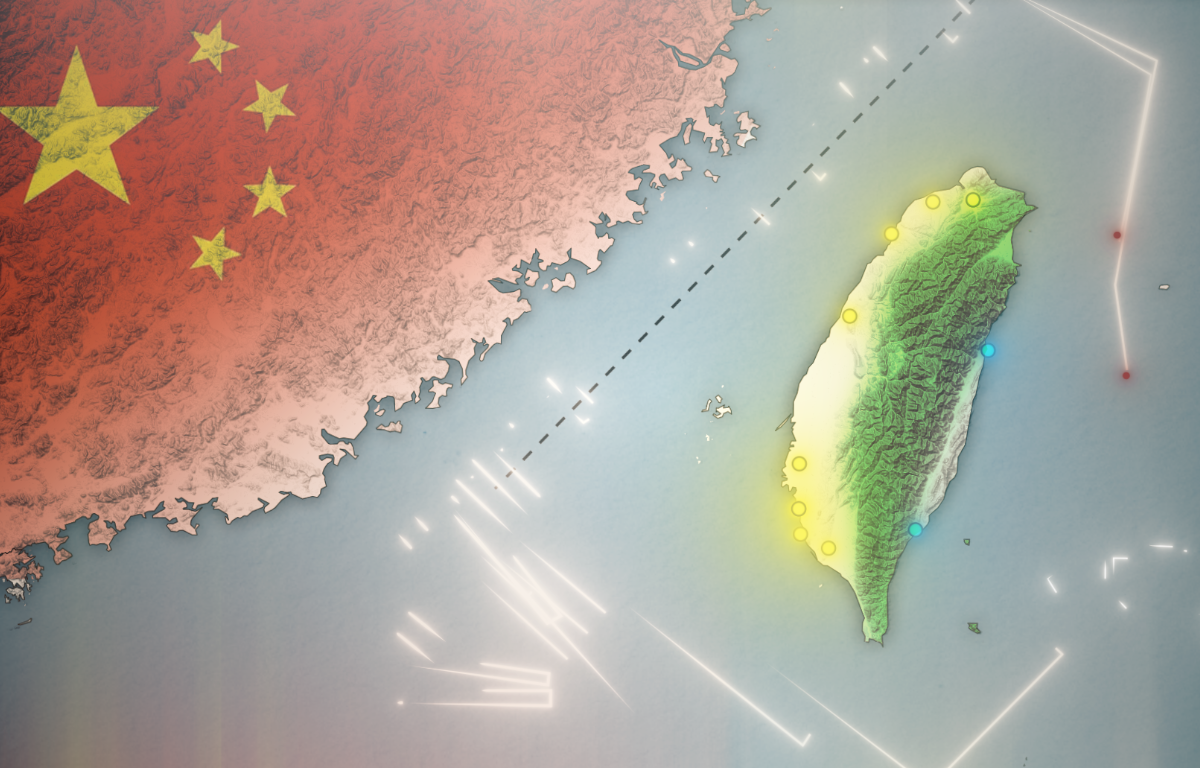
The causes of China’s economic slowdown are multifaceted. The nation’s endeavor to shift from an export-driven economy to one centered around domestic consumption has presented challenges in balancing demand, managing debt, and curtailing industry overcapacity. Additionally, a shifting demographic landscape marked by an aging population and dwindling workforce has introduced strains on social services and the labor market. As China’s technological prowess surges, it faces heightened competition in sectors where it once held dominance, diminishing its economic advantage. Trade tensions with major partners, particularly the United States, have also disrupted global supply chains and reduced demand for Chinese goods.
The implications of China’s economic deceleration stretch beyond its economic boundaries, impacting its influence in Asia. Diplomatically, China’s economic strength enabled it to extend financial aid and investment to neighboring nations, thereby cultivating political leverage. However, as its growth falters, this diplomatic tool loses its sharpness. The Belt and Road Initiative (BRI), a symbol of China’s global ambition, could face setbacks due to reduced funding capacity, potentially affecting China’s portrayal as a global leader.
In the realm of regional trade, China’s slower economic expansion could rearrange existing dynamics. Countries highly dependent on Chinese imports and exports might seek alternative trade partners, leading to shifts in diplomatic allegiances and trade agreements. Moreover, the perception of China’s ascent to global leadership, once seen as inevitable due to its economic prowess, now faces challenges. A weakened economy may alter how other nations perceive China’s ability to sustain its dominance.
As China’s growth rate declines, new windows of opportunity open for other Asian economies. Nations like India, Japan, and certain Southeast Asian countries could capitalize on China’s reduced influence to assert themselves on the global stage. This transformation presents a turning point in the region’s geopolitical landscape, where emerging economic powers have the chance to reshape relationships and trajectories in a post-China-dominance era.










Share this: